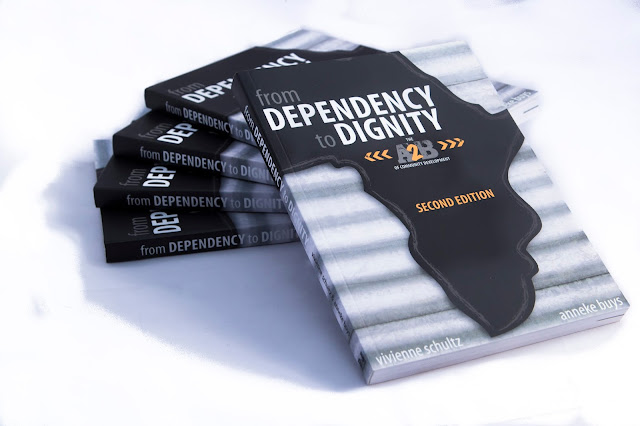Original Writer Anonymous - Adapted By Vivienne Schultz
As the holidays approach, the giant Asian factories are
kicking into high gear to provide South Africans with monstrous piles of
cheaply-produced goods; merchandise that’s been produced at the expense of
South African labour (not to mention the Earth’s resources, accompanied by
huge amounts of pollution). This year will be different. This year South
Africans will give the gift of genuine concern for other South Africans. There
is no longer an excuse that, at gift-giving time, nothing can be found that is
produced by South African hands.
Yes there is! It's time to think “outside the box,” people!
Who says a gift needs to fit into a Chinese-made box, wrapped in
Chinese-produced wrapping paper, taped with Chinese tape, draped with a Chinese
ribbon and a Chinese gift tag?
Everyone -- yes EVERYONE gets their hair cut – right? How
about a gift certificate from your local South African hair salon or
barber? What about gym membership? It's appropriate for all ages who are
thinking about some health improvement.
Who wouldn't appreciate getting their car serviced? How many
people couldn't use an oil change for their car, truck or motorcycle, done at a
shop run by the South African working guy? Small, South African-owned shops and
car washers would love to sell you a gift certificate or a book of gift
certificates. Are you one of those extravagant givers? Fine! Perhaps that
grateful gift receiver would like his driveway paved, or the lawn mowed for the
summer, or games at the local golf course.
 |
| Let’s watch what labels we buy! |
Thinking about a heartfelt gift for Mom? Mom would LOVE the
services of a local cleaning lady for a day. Or, a gift voucher for a
pedicure/manicure/facial at your local beauty salon. Or, you could give of your
time to the elderly and offer a foot massage or a manicure or do some shopping
for them? Hand them a card with what you can offer.
 |
| … this is the new South African culture! |
Plan your holiday outings at local, owner-operated
restaurants and leave your waiter/waitress a nice tip. How about going out to
see a play or ballet at your hometown theatre? Musicians need love too, so find
a venue showcasing local bands.
Honestly, people, do you REALLY need to buy another ten
thousand Chinese lights for the house? If you have that much money to burn,
rather sub contract Amajobjob crafters and artisans (x beggars) to produce
you something local or utilise the sprucing sisters. info@a2btransformation.com
You see, this season shouldn’t be about draining South
African pockets so that China can build another glittering city. Christmas is
now about caring about our precious country, encouraging South African
small businesses to keep plugging away to follow their dreams. And, when we
care about other South Africans, we care about our communities, and the
benefits come back to us in ways we couldn't imagine.
You could also give our recent book Dependency to
Dignity. 2011 Schultz V, Buys A. Order from info@a2btransformation.com












